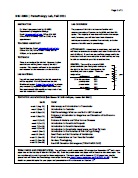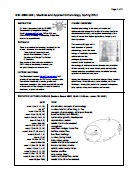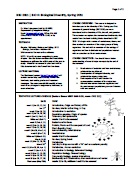

BSC 4933 034 + 036 | Parasitology + Parasitology Lab, Fall 2011 & 2012
|
Course Overview. A traditional parasitology course emphasizes the major parasites of humans and domestic animals. However, parasitic taxa span the plant and animal kingdoms, so what we will emphasize is a comparative survey to the phenomenon of parasitism. |
Lab Overview. The purpose of this lab is to become familiar with common parasites of humans and wildlife and their life cycles. The majority of exercises will involve microscope work; however, you will also learn basic dissection techniques to extract parasites from animals, and other common lab skills used in parasitology.
|
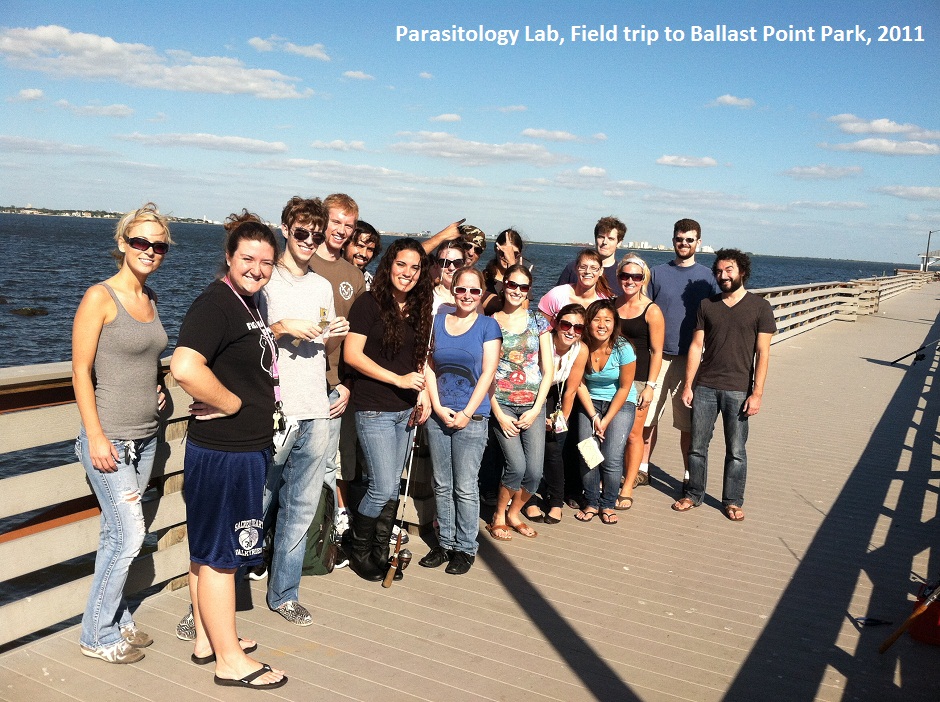
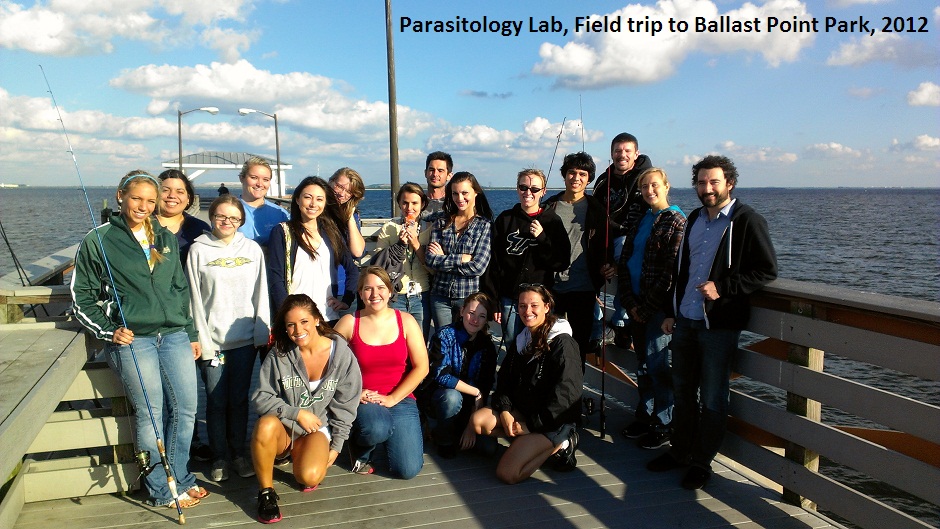
BSC 4933 049 | Medical and Applied Entomology, Spring 2012 & 2013
|
Course Overview. Medical entomology is the study of insects and arthropods that impact the health of humans (and their domesticated animals), and applied entomology is the study of insects that impact agriculture, forestry, and stored products. |
BSC 2011 | BIO II: Biological Diversity, Spring 2011
|
Course Overview. This course is designed to introduce you to the diversity of life. During your first semester of general biology (BSC 2010) you were introduced to the chemistry of life, the cell, and genetics. This semester we explore the tremendous biodiversity that results from the basic building blocks described in BSC 2010. We begin with a review of evolutionary theory and then conduct an overview of the major groups of living organisms. We end with an overview of the ecology of organisms and how individuals and populations interact with one another and their environment.
|



